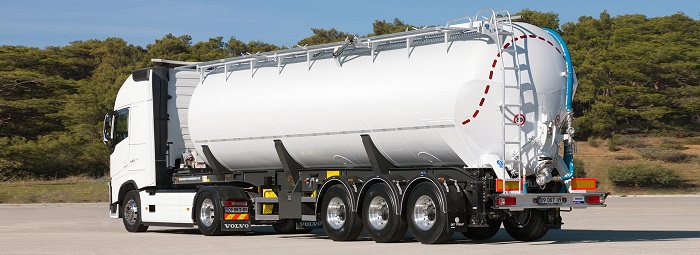Powder transport operations can lead to significant dust generation. This can affect both the efficiency of operations and the health and safety of workers. Whether you’re handling cement, lime, ash, or other fine particles, controlling airborne dust is critical. If left unchecked, it can result in environmental hazards, equipment wear, and regulatory violations.
Let’s explore the most effective dust suppression techniques used in transporte de pulverulentos to reduce risks and improve workplace conditions.

Enclosed Conveyor Systems
Using enclosed conveyors helps contain dust within the transport system. Traditional open belt conveyors are known for leaking fine materials, especially during transfer points or while in motion.
By switching to enclosed conveyors such as tubular drag or air-supported systems, the material remains sealed from external air, minimizing dust release. This also protects the material from moisture and contamination during transit.
Dust Collection Systems
Another method widely adopted in transporte de pulverulentos is installing dust collectors. These systems work by capturing airborne particles at critical points such as loading areas, transfer points, and discharge zones.
Baghouse filters, cartridge systems, and cyclones are common types. They are selected based on the type and volume of dust generated. These systems work continuously to pull dust-laden air into a chamber where particles are filtered out and clean air is released.
Routine maintenance is necessary to keep these systems functioning efficiently. Clogged filters can reduce suction and make the system ineffective over time.
Spray Systems
Water spray systems can help suppress dust by increasing the moisture content of the material during handling. This method works well when the powder being transported is not reactive to moisture.
Spray nozzles are positioned at key locations to apply a fine mist. This helps settle dust particles and keeps them from becoming airborne. For dry powders that cannot be exposed to water, chemical binding agents may be added to the spray to hold dust particles together.
It’s important to monitor the amount of water used. Excess moisture can lead to clumping or make further handling difficult. Therefore, careful calibration of spray flow is critical.
Proper Material Handling Procedures
Operator training and procedural changes are essential in reducing dust. Avoiding free-fall of materials, limiting drop heights, and using covered chutes can significantly reduce dust generation during loading and unloading.
Material should be fed at a controlled rate and in a consistent flow. Sudden surges often create puffs of dust. Using equipment that allows for controlled discharge, such as rotary valves and screw feeders, can help.
Another simple but effective method is to use lined hoppers and chutes. This reduces friction and prevents powder from clinging to surfaces, which can later become airborne.
Sealing and Covering Transport Containers
If powder is moved using trucks, silos, or bulk containers, proper sealing helps prevent dust leaks. Loose seals or damaged covers can allow fine particles to escape during movement or when exposed to wind.
Using fitted tarps, gasketed hatches, and sealed transfer points keeps the material contained. It also prevents loss of material during transportation.
This method is simple yet highly effective in improving operational safety and avoiding fines for environmental contamination.
Conclusion
Dust control in transporte de pulverulentos requires a combination of equipment upgrades, procedural changes, and continuous monitoring. Techniques like enclosed systems, dust collectors, spray systems, and proper sealing offer practical solutions to reduce airborne particles.
